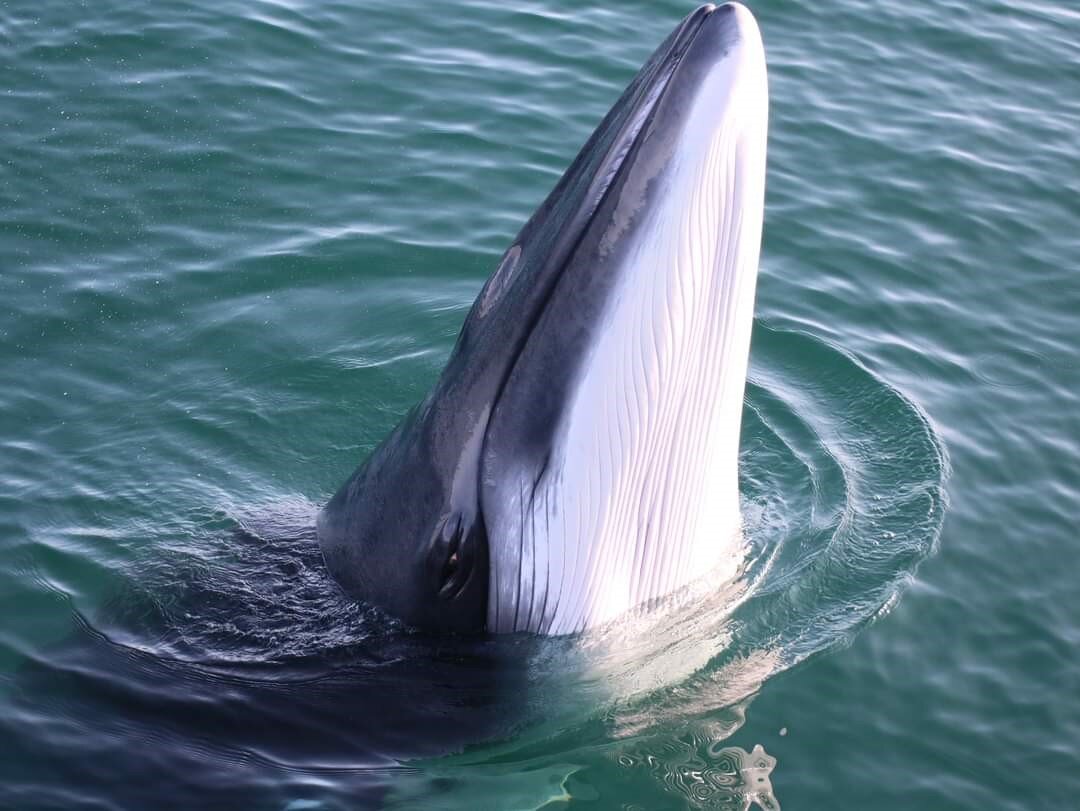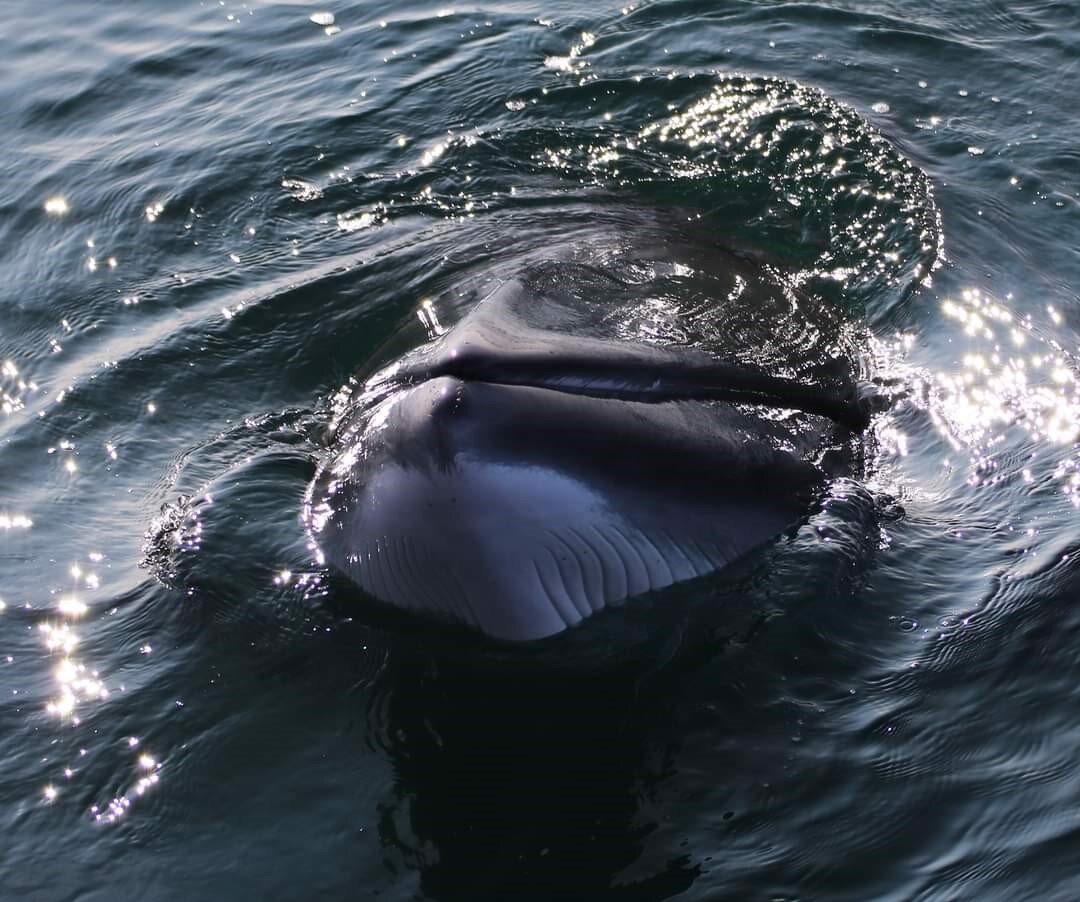A Lockdown Sightings Summary
This week marks a year since the start of lockdown. All our lives have changed significantly and we know it has been an incredibly difficult year for so many, but we have found solace in seeing the cycles of nature continue unabated; the seasonal priorities of breeding, calving and laying down fat stores continue as they always have.
With restrictions in place, this past year has been exceptionally difficult for gathering data but our Whale Track community of citizen scientists have been instrumental in maintaining a sightings record for the Hebrides. Despite the reduction in the number of sightings reported, the number of people who reported what they’d seen actually increased! We’d like to extend a huge thank you to you all for taking the time to let us know about what you saw during your daily walks and essential work at sea. Here we share some of the stand-out encounters reported by the Whale Track community over the past year.
Minke whales are the most common whale species recorded in the Hebrides; mostly shy and elusive but sometimes curious and inquisitive – like this awesome encounter from on board Sea Life Surveys vessel in September, a definite case of ‘who’s watching who’!
Long-term monitoring has shown that some minkes are spotted only once or twice, while others return year after year to the same area. Over this past year, some ‘famous fins’ were encountered - including Knobble, who has been sighted every year in the area since 2006, Kasey a regular visitor since 2000, and Snowy made a very welcome return after 5 years!
Common dolphins are generally considered a ‘seasonal visitor’, however in recent years we have received reports of this species every month of the year. Common dolphins are often seen in small groups, but can sometimes be spotted in really large pods, like Nic Davies’ encounter of a group 100+ strong seen travelling up the Sound of Mull in December 2020.
A large group of common dolphins travelling up the Sound of Mull, 23rd December 2020 - © Nic Davies
Bottlenose dolphins are resident in Hebridean waters so can be spotted year-round. Two separate groups of bottlenose dolphins have been identified off Scotland’s west coast: the Inner Hebrides community, consisting of 30 - 40 animals, and a smaller group of around 15 dolphins, the Sound of Barra community.
Bottlenose dolphins pay a visit to Tobermory Bay most years and 2020 was no exception, when a small pod delighted onlookers (including myself and my wee girls!) one sunny afternoon in June. Our Marine Biodiversity Officer, Becky, was able to take photographs of the group and recognise some of the individuals from their unique dorsal fins.
It’s always a delight when bottlenose dolphins visit our base in Tobermory!
It’s always exciting to hear of killer whale sightings in our waters, particularly if the individuals can be identified. With only two old males – John Coe and Aquarius – recorded from the West Coast Community in recent years, it’s always a relief when they surface.
Andy Stables has reported some fantastic sightings from Neist Point on the Isle of Skye this year, including some great killer whale encounters. In September, both John Coe and Aquarius spent a good half hour delighting the crowds. While in June, Andy reported seeing a pod of three adults (1 bull and 2 females) alongside three young animals, again from Neist Point – a wonderful location for watching out for sea creatures.
Aquarius (left) and John Coe (right) - always a joy to encounter
The sustained presence of northern bottlenose whales in the sea lochs of the Inner Clyde in September and October was a notable story in the press last year. For many onlookers, it was a fantastic opportunity to see a whale in the wild, for others it was cause for concern – this deep-diving species is usually found further offshore. Unfortunately, despite the efforts of the British Divers Marine Life Rescue and other organisations involved, two of the whales perished and the outcome for the third remains unknown.
One of the northern bottlenose whales seen in the Clyde - © Steve Truluck
Humpback whales are occasionally spotted in the Hebrides as they travel between their breeding grounds off Africa and the main feeding grounds around Iceland and Norway. Always a joy to witness, one memorable encounter was reported by Rosie from Basking Shark Scotland, when they observed two humpbacks lunge feeding off Coll. One of the individuals spotted that day has recently been seen off the east coast, in the Firth of Forth. Named Barney - on account of a distinctive barnacle on it’s dorsal fin - this match helps us start to build an intriguing picture of this whale’s life.
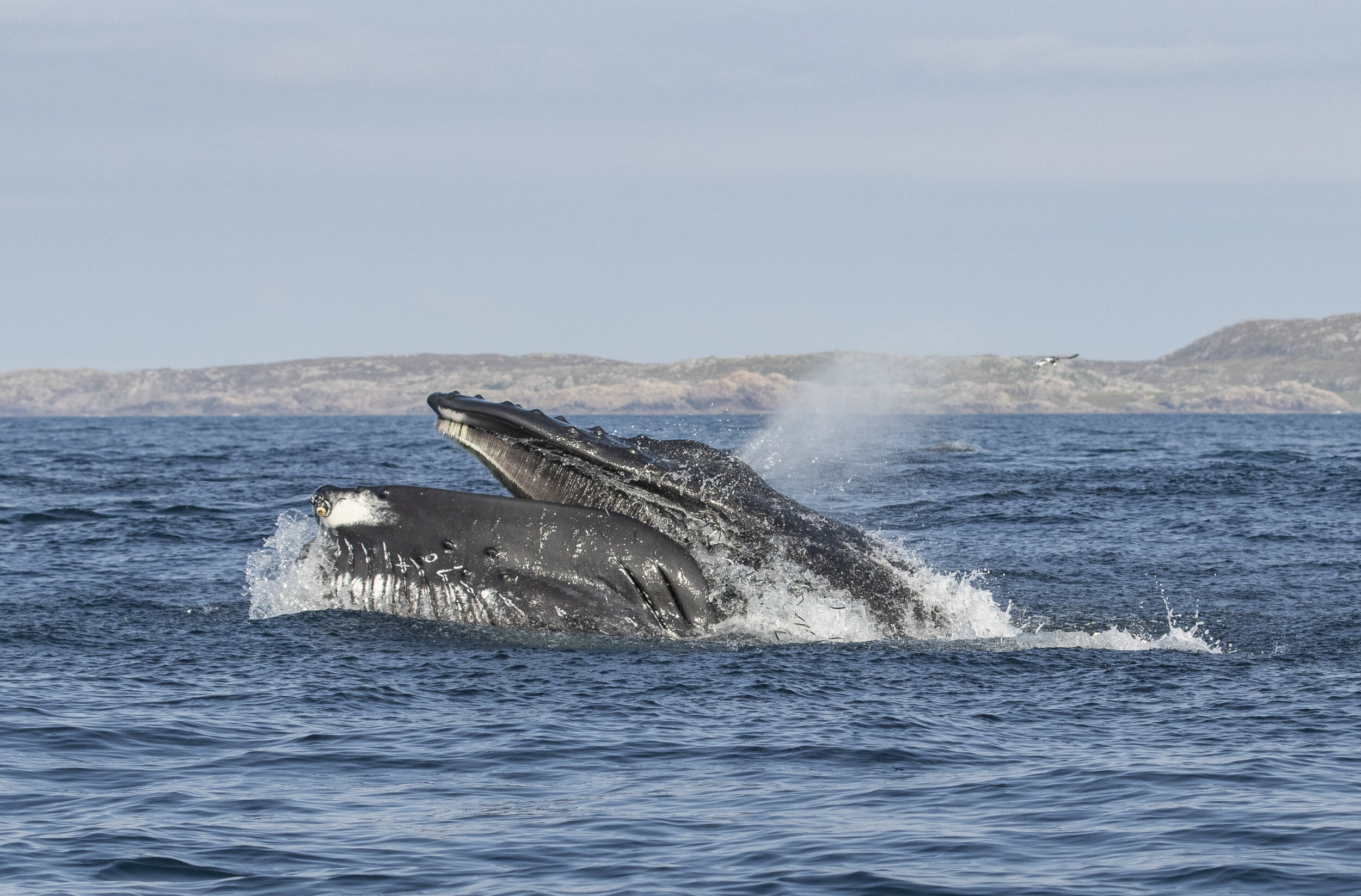
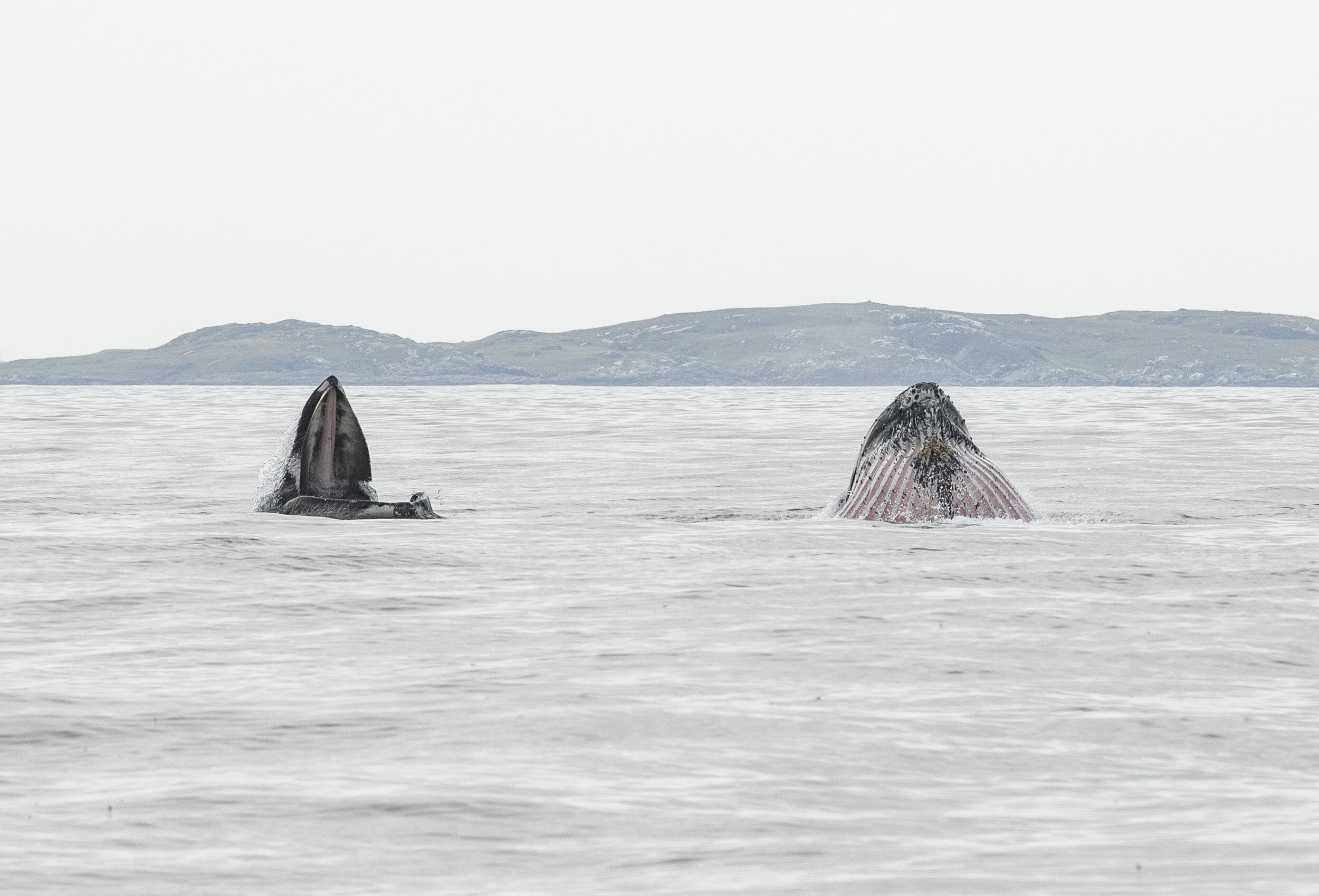
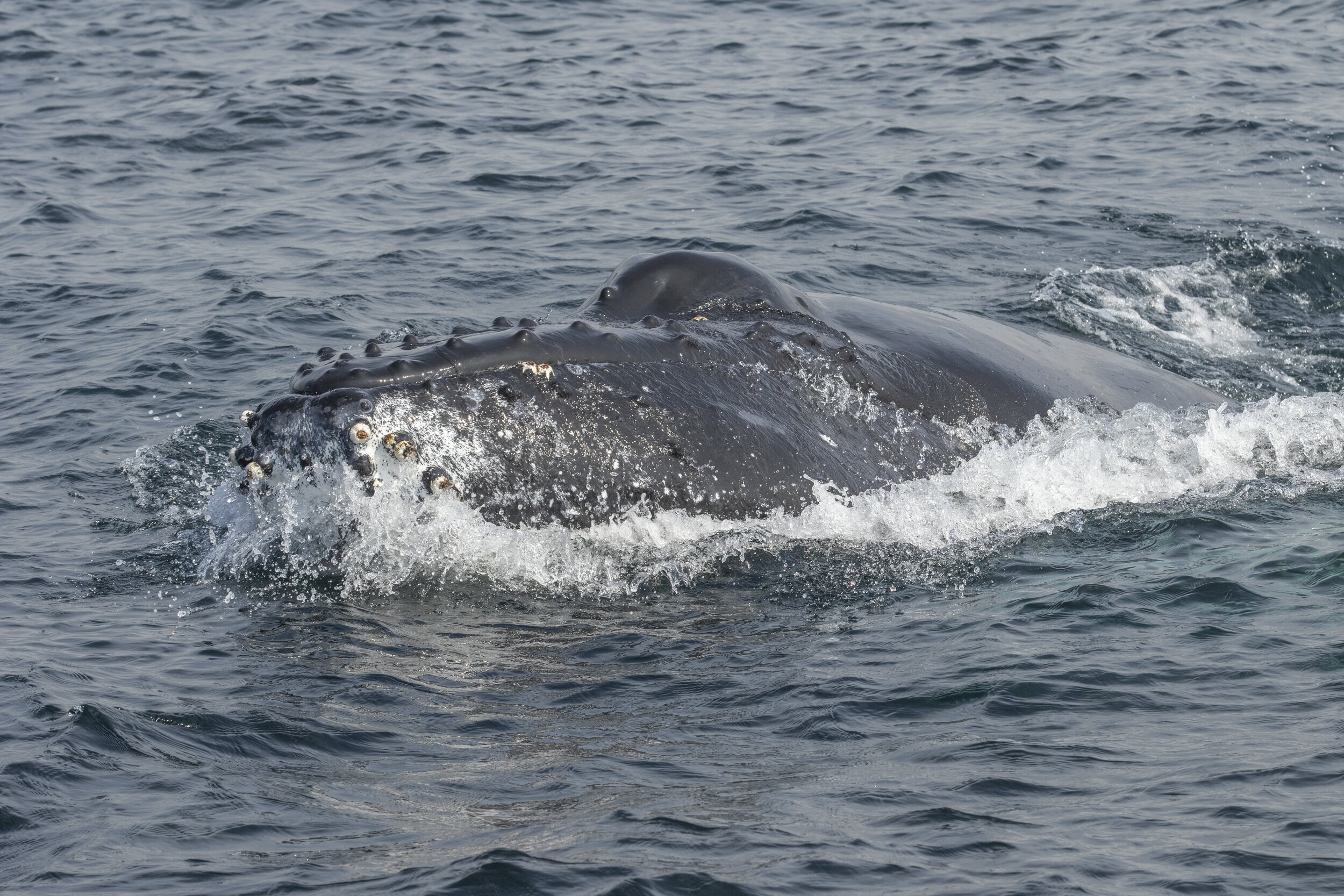
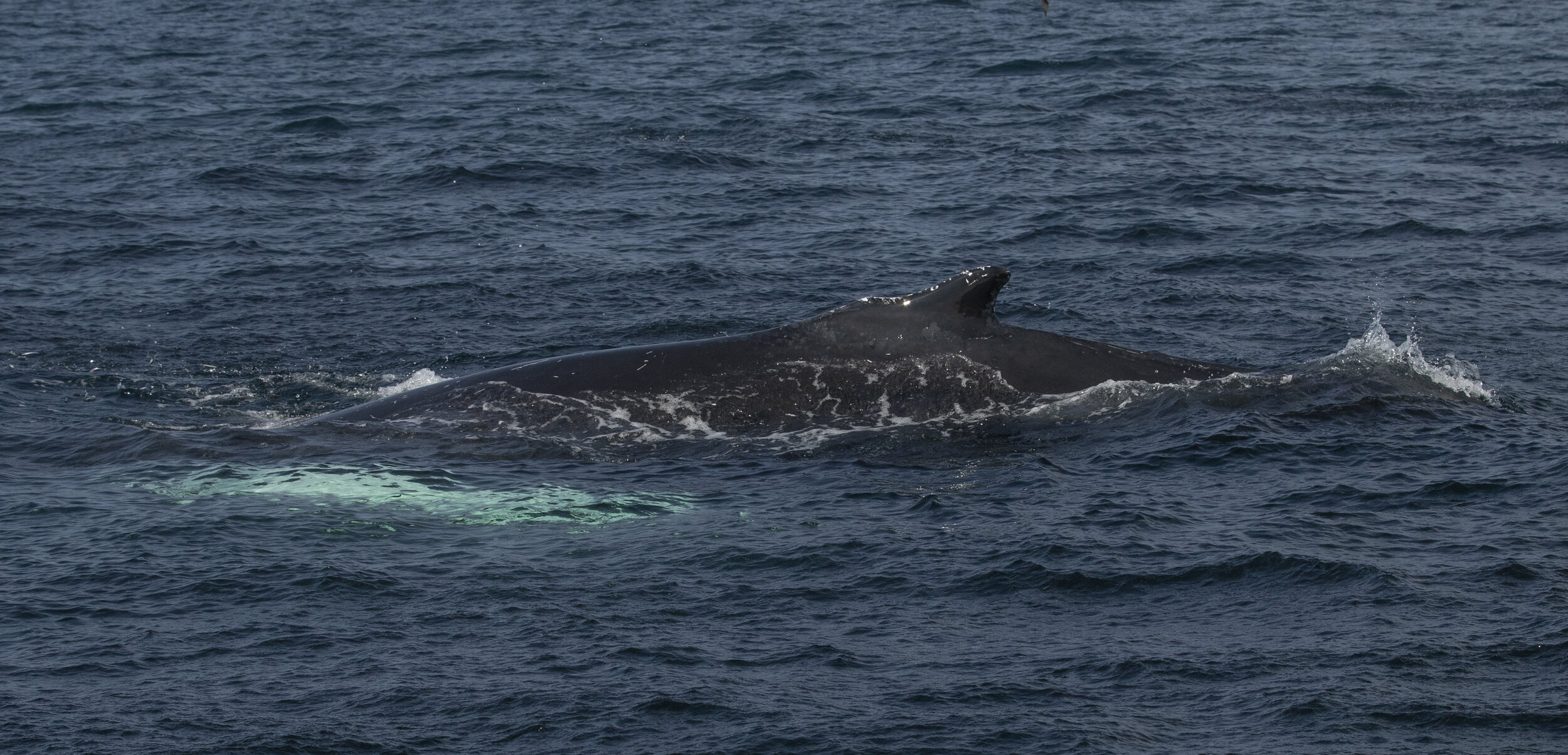
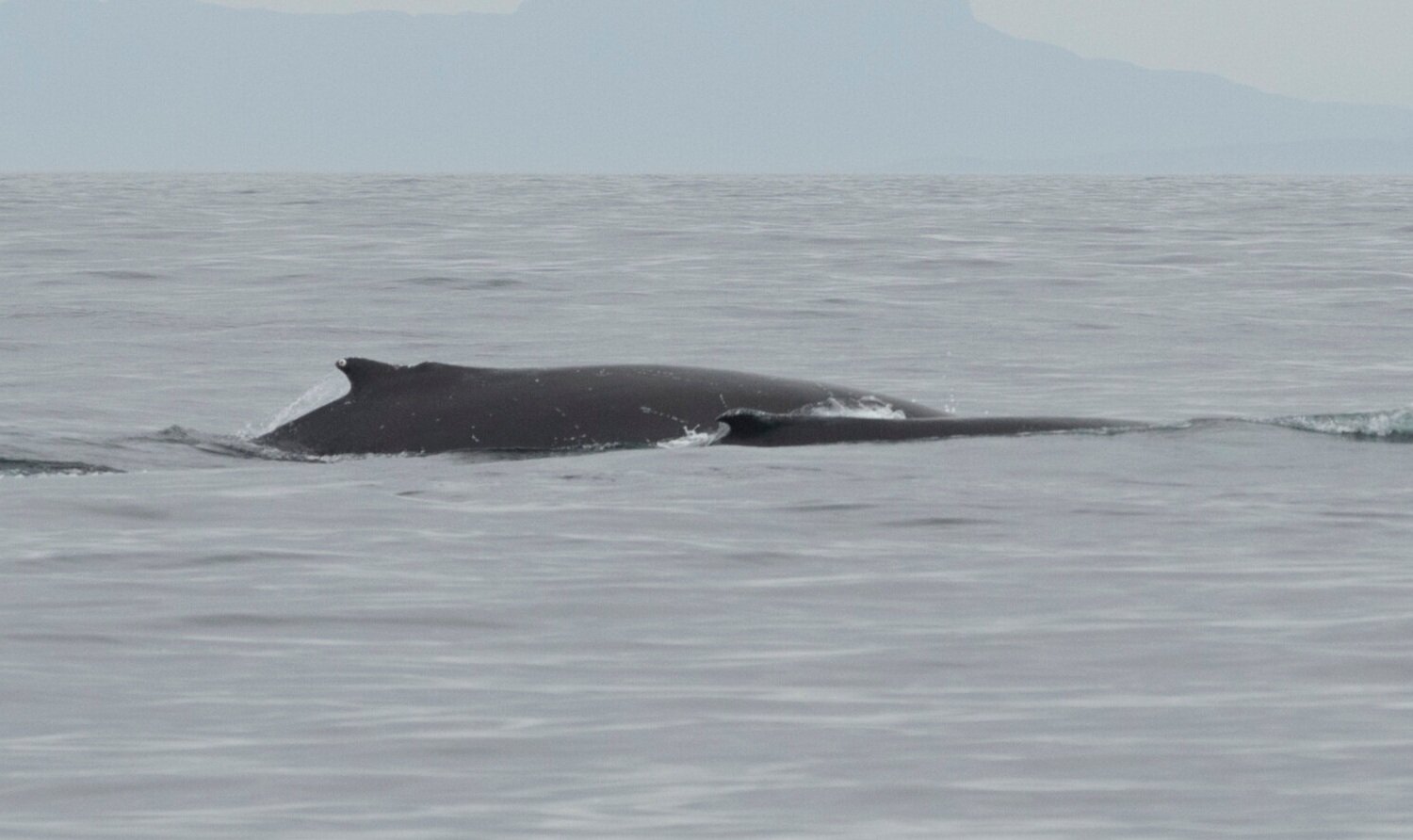
Identifying individuals through photographs is a powerful tool in discovering more about individual animals and populations as a whole. Images submitted by the Whale Track community contribute to our photo-identification research. Over the past 25 years, this has built an important long-term picture about whale and dolphin movements on the west coast of Scotland, and through monitoring scars and injuries also provides valuable evidence about the threats they face. It’s this insight into their lives and their movements, that is vital to inform suitable conservation measures.
It is only by collecting data over a long period of time that we can begin to build a robust understanding of whales, dolphins and porpoises that we see in the Hebrides. The contribution made by our Whale Track community has been vital in improving this knowledge.
While we know much more about the species found off Scotland’s west coast, there is still much to learn. You can get involved and help us improve our understanding! Join our Whale Track community today by downloading the free and easy to use app, or by submitting your sightings online through our website.
You can also explore what’s been spotted through the interactive sightings map generated through Whale Track reports by following the link above.
With the first reports of minke whales in the area recieved over the past few days, there’s a real sense of Spring in the air here in the Hebrides. Looking ahead, we’re excited to learn what will be encountered over the coming year.


